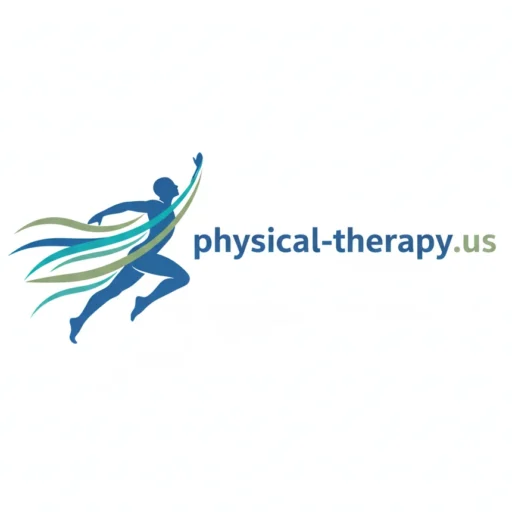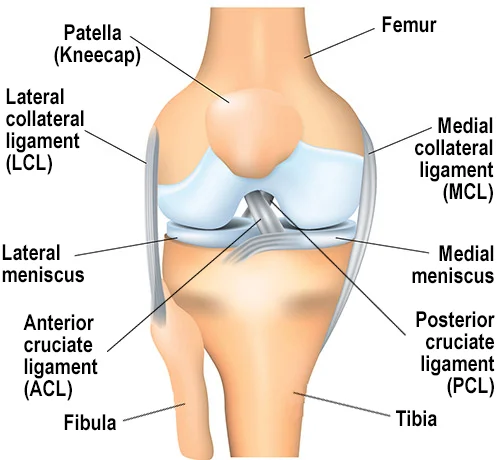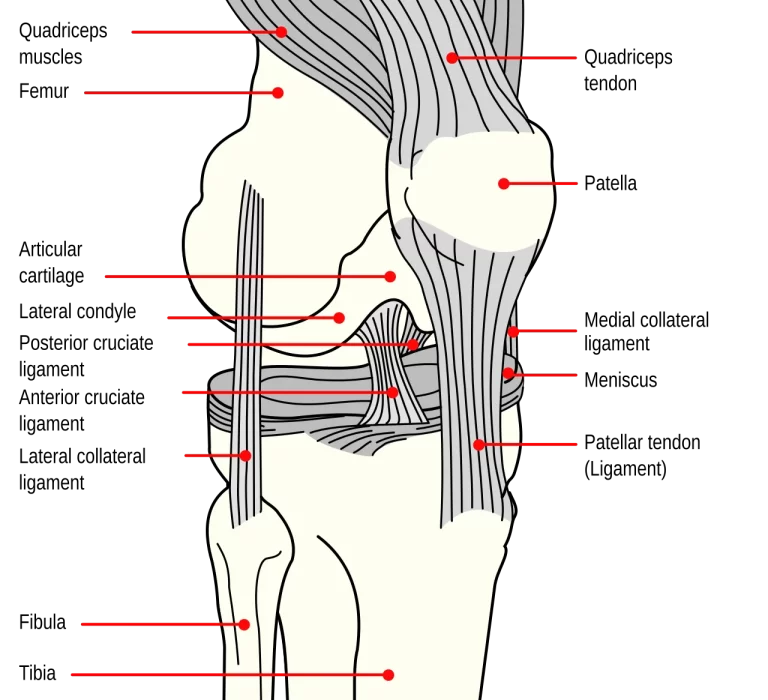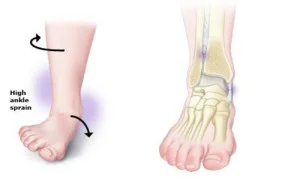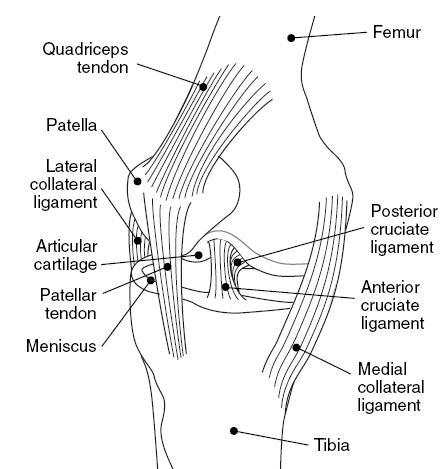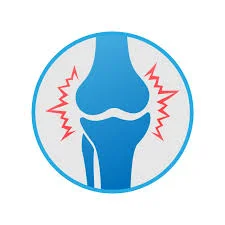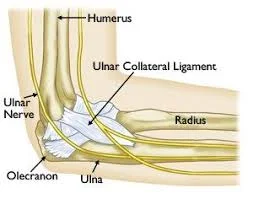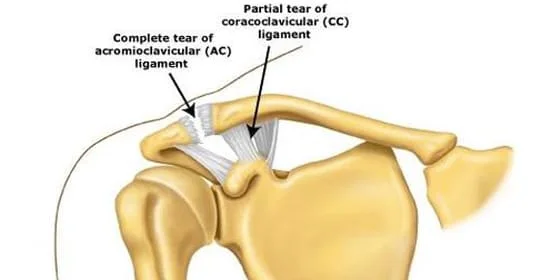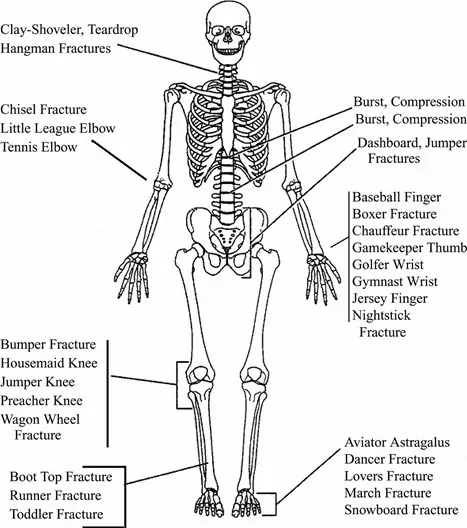Posterior Cruciate Ligament (PCL)
Introduction The Posterior Cruciate Ligament (PCL) is one of the four major ligaments in the knee, located at the back of the joint. It connects the femur (thigh bone) to the tibia (shin bone) and primarily functions to prevent the tibia from moving too far backward. The PCL provides stability to the knee, especially during…
